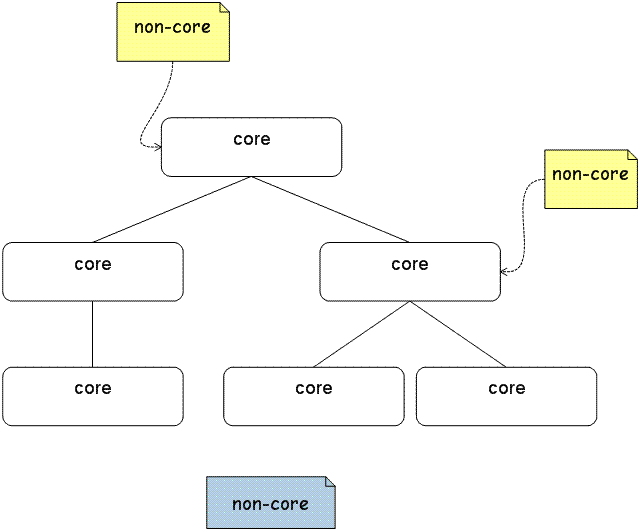The Science Of Scientific Writing Set A Intro to Paragraphs Features of Maps Examples of Maps Exercise 1 Quiz Diverse Organising Principles Example Exercise for Exercises 2-4 Exercise 2 Exercise 3 Exercise 4 Adding Non-core Content *Exercise 5* Final Page.
OVERVIEW: The way to well-written science
PART I: Paragraphs and Sentences
SET A: Paragraphs: The Maps Behind Them
SET B: Paragraphs: Using Maps to Meet Readers' Expectations
SET C: Paragraphs with Something Extra: Points and Tails
SET D: The Generic Section: Expectations and Maps as Blueprints
SET E: Scientific Sections: The Methods and Results
SET F: Scientific Sections: The Discussion
SET G : Scientific Sections: The Introduction
SET H : Sentences
SET I : The Paper as a Whole
PART II: The Paper and its Sections
SET 1: Argument Parts
SET 2: Indicator Words
SET 4: Locating Arguments in Prose
SET 5: Rationale's Essay Planner
SET 6: Evidence in Arguments: Basis Boxes
Synthesis 1: Position-Early Paragraphs
Synthesis 2: Position-Final Paragraphs
Synthesis 3: Writing a Discussion I
Synthesis 4: Writing a Discussion II
Composing paragraph-friendly maps
Over the next few pages you will learn about three types of maps, corresponding to three types of paragraphs found in scientific papers. Likewise these paragraph types correspond to the three main modes of discourse in a scientific paper. And, going one step further, these modes match up well with the three main things that scientists do: they describe the world, they try to explain what they see, and they argue (with the help of experiments) about their explanations.
The three map types are:
- Description/Report maps
- Explanation maps
- Argument maps
What all maps have in common
All three types of map have three important features in common.
1. Core and non-core components
A map will always have a core component, and, optionally, it might have a non-core component. The core component, as in the map below, will consist of those boxes connected by straight lines, and arranged in a strictly hierarchical, entirely nested fashion. The non-core component, as in the map below, will be any boxes joined to core boxes by squiggly lines, or just placed near the core boxes, unjoined. In Rationale, non-core boxes are "Notes".

2. The core is uni-modal
The core of a map is concerned with ONLY ONE MODE of discourse, i.e. argument, description or explanation. This limits the type of information that can be found in a core box, and the ways in which core boxes can inter-relate. The maps below show the permssible types of information, and the possible types of inter-relationship, for the core component of each of the three types of map.
Description/Report Map
These two sub-types are quite similar (and very different from the first two map types) so I am grouping them together. As you can see by the maps below, they basically only differ in whether the author of the map was or was not personally involved.
Report Map

Description Map

Explanation map

Argument Map

3. Non-core components can add information drawn from other discourse modes
The non-core components add information of a different type to the core components. For example, you might add some descriptive or explanatory text to an argument, or include discourse of a modes different from any of the three modes considered here - these possibilities will be discussed further near the end of this Set.
The question you must ask!
When you come to compose a map, EVERY time you add a new core box you need to ask yourself:
"Does this new box keep to the permissible types of information and inter-relationship for this type of discourse?"
If it doesn't, then the information might need to be added somewhere else in the core map, or it might need to be added as a non-core box.
......